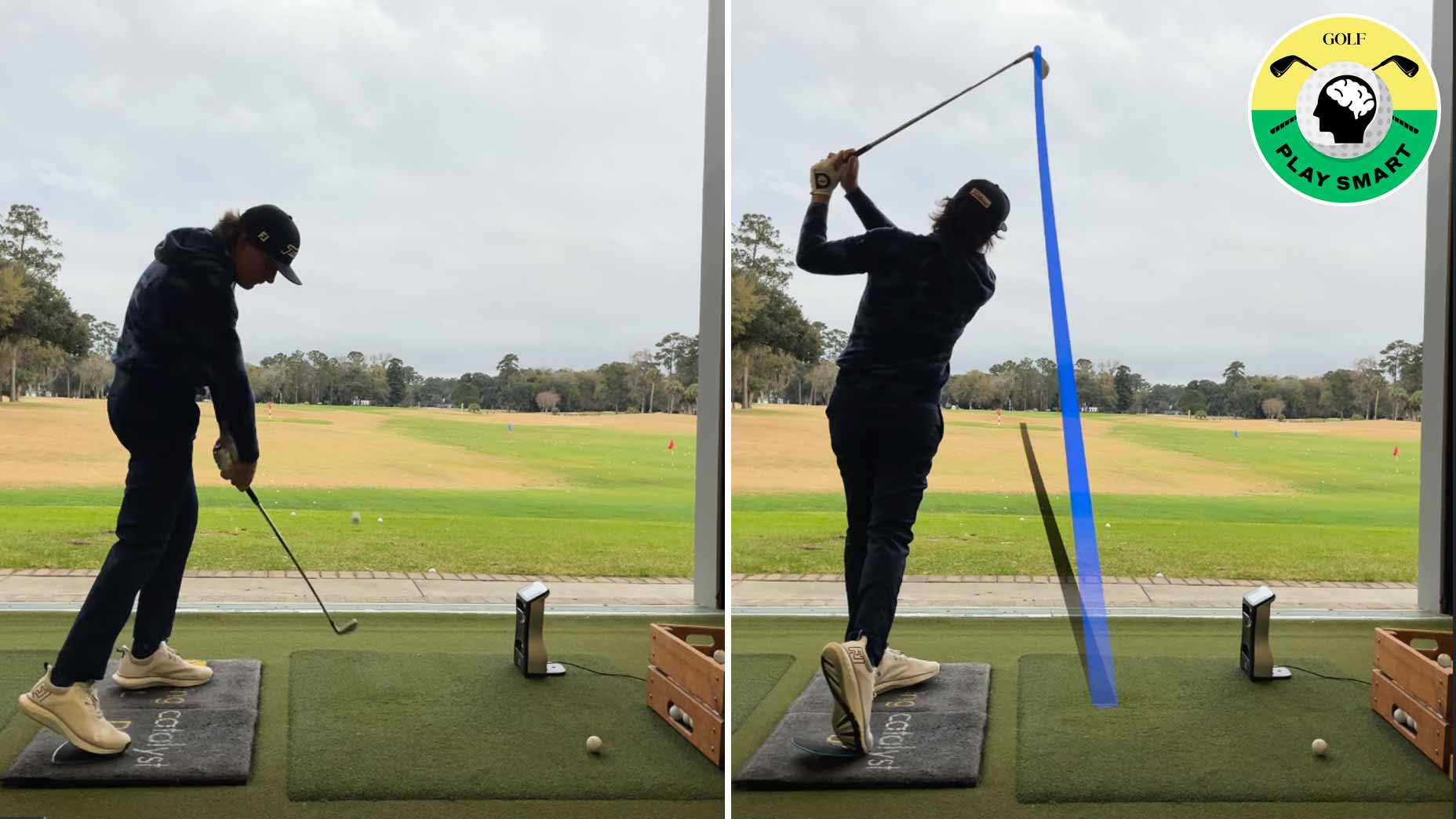Every amateur golfer has had that moment when they’ve stood on the tee box of a short par-4 with a wide open fairway and thought to themselves, Bombs away!
But this freewheeling approach can result in rushing through proper sequencing, trying to generate as much clubhead speed as possible, throwing off tempo and mishitting the ball.
Unlike pros and low-handicappers, most average players just don’t have the ability to add speed on call while maintaining proper tempo — which is why you probably find yourself shanking, hooking or slicing your drives when you do try to press the internal “Turbo” button.
But something funny happened to me while playing over the past six months: I focused on developing a consistent swing tempo and not just trying to swing as hard as I could. The result? Beautiful drives, with the ball launching off my clubface down the middle of the fairway — with more distance than I’ve ever had.
So, what gives? How could swinging more fluidly instead of harder produce better results? I tapped GOLF Top 100 Teacher Tim Cooke to help explain.
Why improving your tempo will lead to longer shots
“With the help of the research from John Novosel at Tour Tempo, we know that the vast majority of pros swing at a tempo of 3:1,” Cooke says, meaning their backswing takes approximately three times longer than their downswing. “Oftentimes, the time it takes them to get from the start of their swing to impact is around one second, with the backswing representing three-quarters of a second and the downswing just one-quarter of a second.
“Some players are quicker, while others are a little bit slower, but the majority maintain a 3:1 ratio.”
And when golfers deviate from this tempo? Naturally, Cooke says, they generally will produce less swing speed.
“When a backswing takes significantly longer than the 3:1 ratio, less force is being applied to the club on the way back. Therefore, there’s less potential clubhead speed on the downswing,” he says. “A slower backswing time results in less force over time, so less impulse is created for speed.”
But if you’re the type of golfer who speeds up their backswing and doesn’t stay in tempo, you’re also costing yourself the opportunity for more speed, Cooke says.
“Conversely, when backswings are too quick relative to the downswing (for example, 2.5:1), the backswing ends up being short, so the handle doesn’t travel very far,” Cooke says. “A shorter backswing means it’s difficult to put a lot of force into the club on the downswing, which again results in reduced clubhead speed.”
There are a number of different ways to help improve your swing tempo — like using a water bottle — so try a few different drills to determine which one works best for you to achieve a 3:1 ratio. It will lead to improved distance and dispersion.











